Latest

AI lie detectors lead people to make more false accusations, study finds
Participants with lie-detecting AI were more likely to trust it, more readily agreeing when it falsely labeled something a lie.
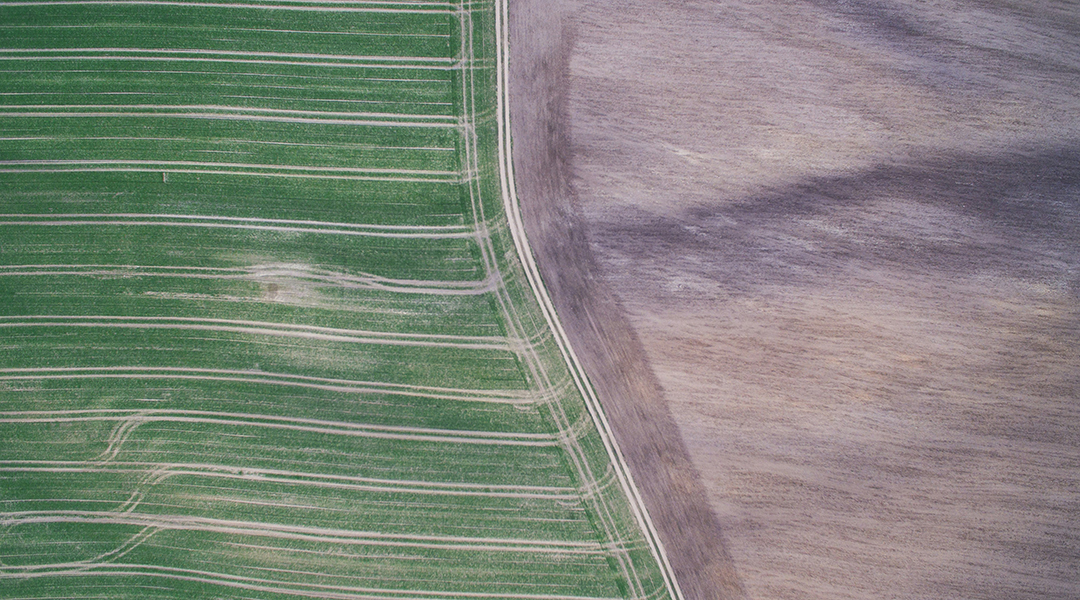
Modern crop seeds are not ready for climate change
Traditional means farmers used to use for seed selection and preservation may help us cultivate more resilient food in a changing climate.

Gold nanoparticles help hydras regrow their heads
Gold nanoparticles and near-infrared light speed up regeneration and reproduction in hydras, providing insights for regenerative medicine.

New computer solves complex problems by physically mirroring the systems it’s trying to solve
An Ising machine built on lattice defects solves problems faster than conventional computers without the drawbacks of quantum systems.
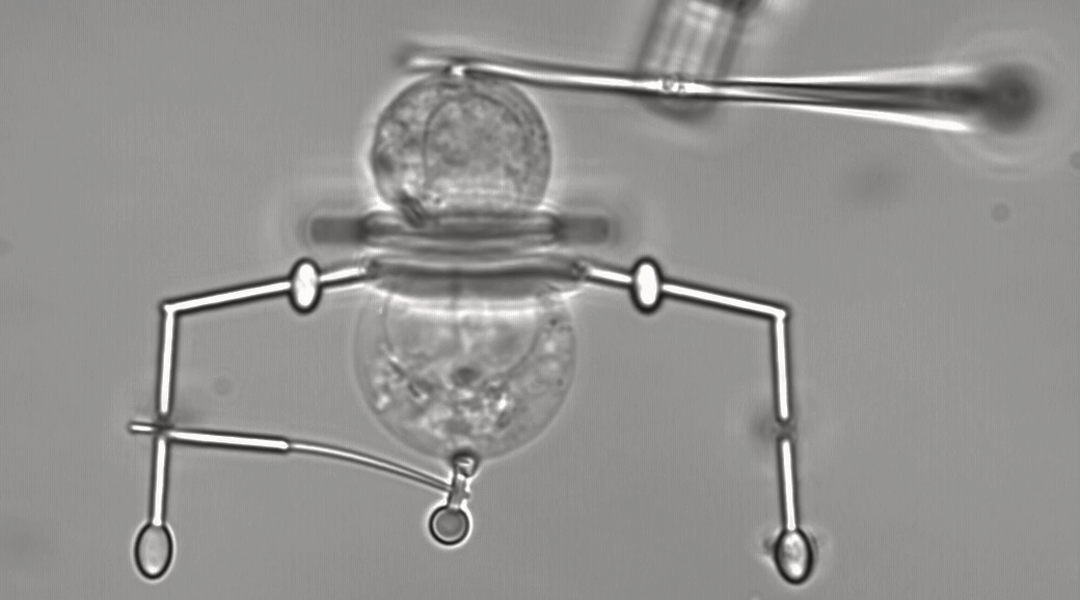
Tiny robots with a big impact: Scientists develop microrobots for single-cell handling
Fitted with nanoscale grippers, these microrobots offer new opportunities for imaging and manipulating single cells.

A chlorophyll sensor detects plant stress for better crop yields
The sensor could improve crop yield by detecting changes in plant chlorophyll levels earlier and more precisely than existing methods.

Sleep loss directly impacts cardiovascular health in women
Cutting short “shut eye” by just an hour and a half a night directly impairs blood vessel cells in healthy women.
ASN Weekly
Sign up for our weekly newsletter and receive the latest science news directly to your inbox.
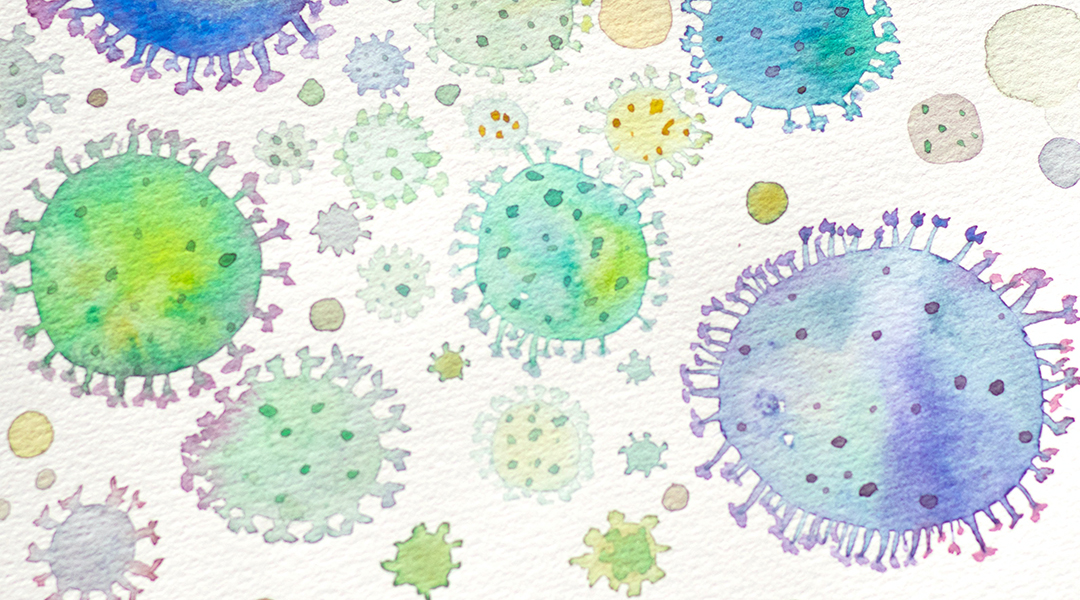
A nasal spray to prevent viral infection
A polymer composite spray was shown to not only limit SARS-CoV-2 infection, but also hinders transmission in this proof-of-concept study.
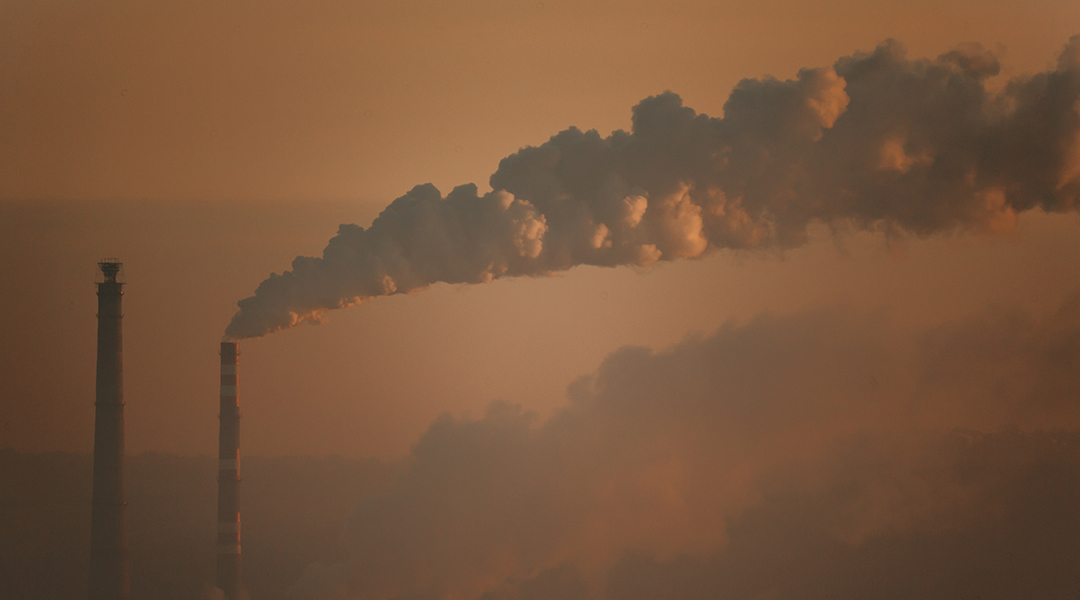
Scientists urge crackdown on air pollution to help the heart
Can the Australian bushfires and global pandemic convince us to change our ways?

New images help solve the mystery of Betelgeuse’s dimming
New images confirm that the star was partially concealed by a cloud of dust, solving the mystery of the ‘Great Dimming’ of Betelgeuse.

Rice-sized robots maneuvered with magnetic fields
Researchers create swimming, moving, gripping miniature robots.
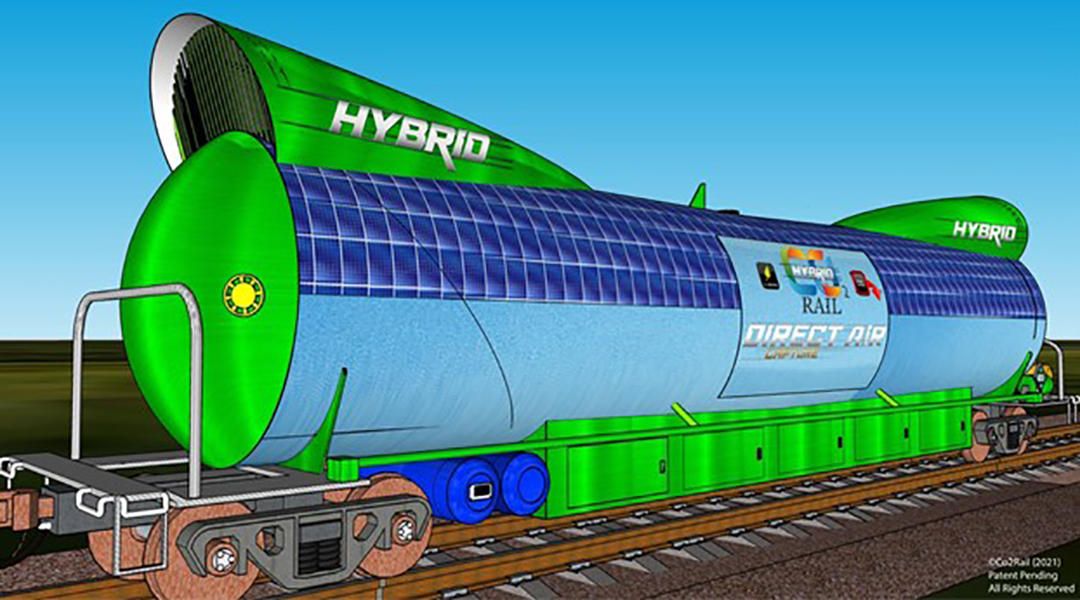
Direct air capture trains
What if the energy released when freight trains slow or stop could be applied to carbon capture technology?
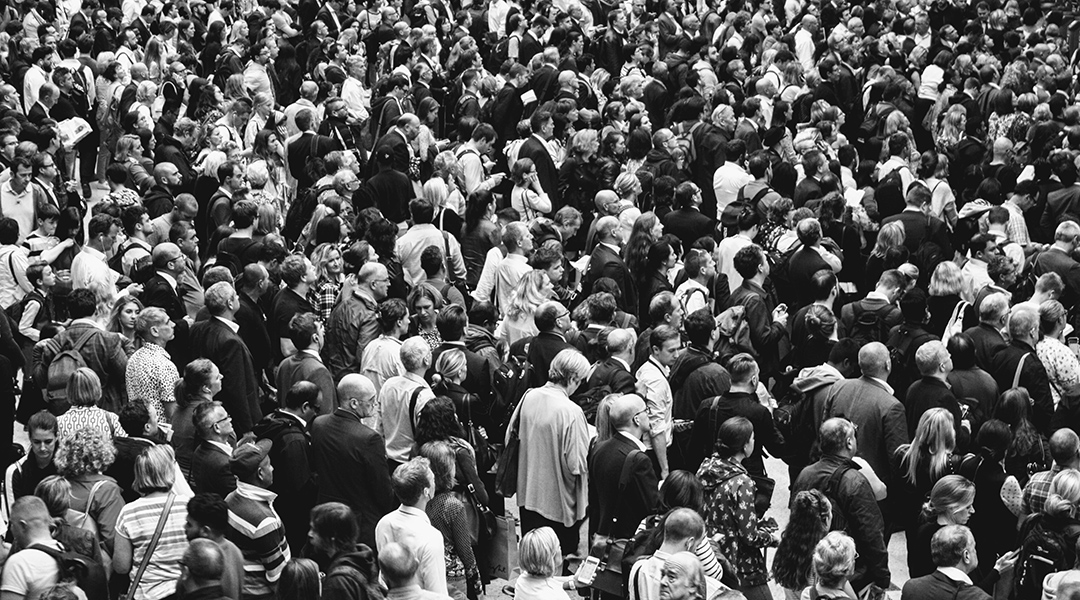
No, the human brain did not shrink
Researchers refute a hypothesis that the human brain shrank 3,000 years ago as a result of the transition to living in modern societies.
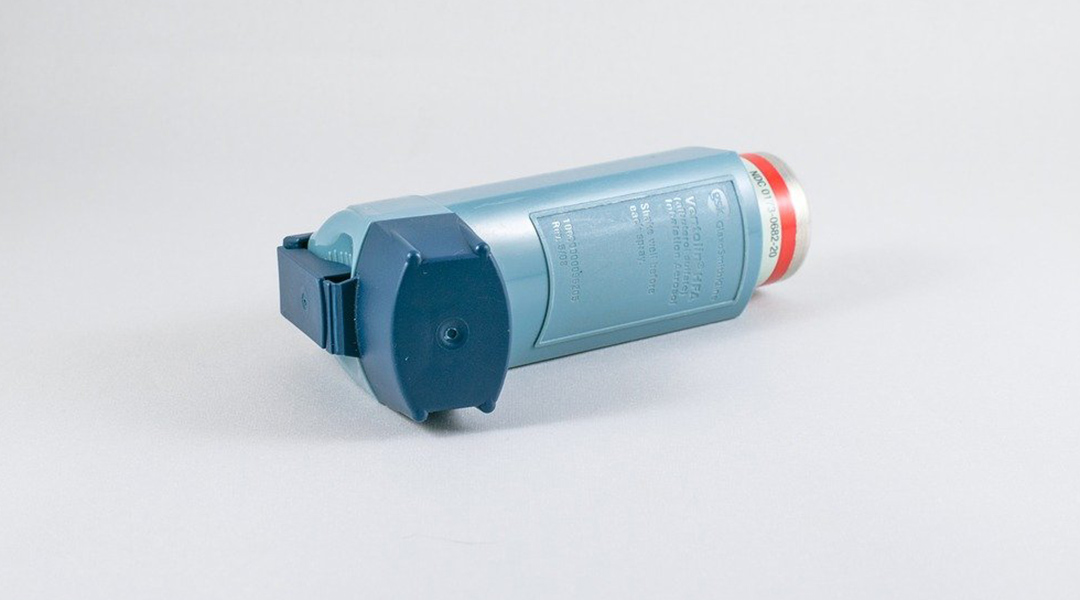
Finding a cure for asthma using biological signatures
Analyzing patients’ urine samples allowed researchers to identify a biomolecule which could one day lead to developing a cure for asthma.

Foldable and recyclable paper electronics
A conductive, cellulose-based nanopaper allows researchers to print paper electronics without needing expensive microfabrication techniques.
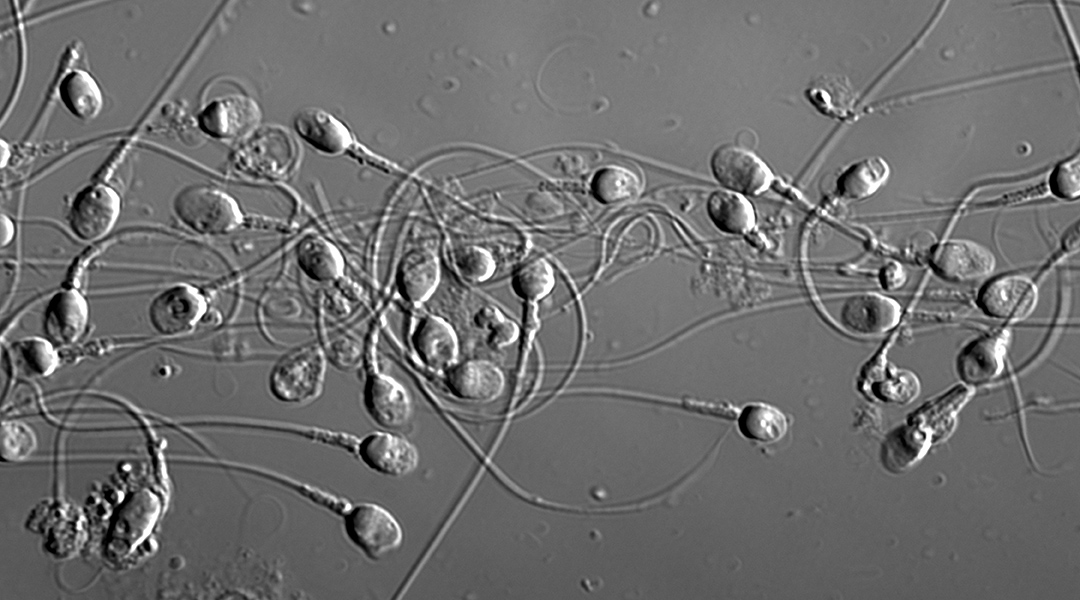
An artificial embryologist to improve the success of IVF
To help improve the success rates of fertility treatments, scientists are turning to AI to help standardize the sperm selection process.
No Results Found
The page you requested could not be found. Try refining your search, or use the navigation above to locate the post.
No Results Found
The page you requested could not be found. Try refining your search, or use the navigation above to locate the post.
No Results Found
The page you requested could not be found. Try refining your search, or use the navigation above to locate the post.
No Results Found
The page you requested could not be found. Try refining your search, or use the navigation above to locate the post.
No Results Found
The page you requested could not be found. Try refining your search, or use the navigation above to locate the post.
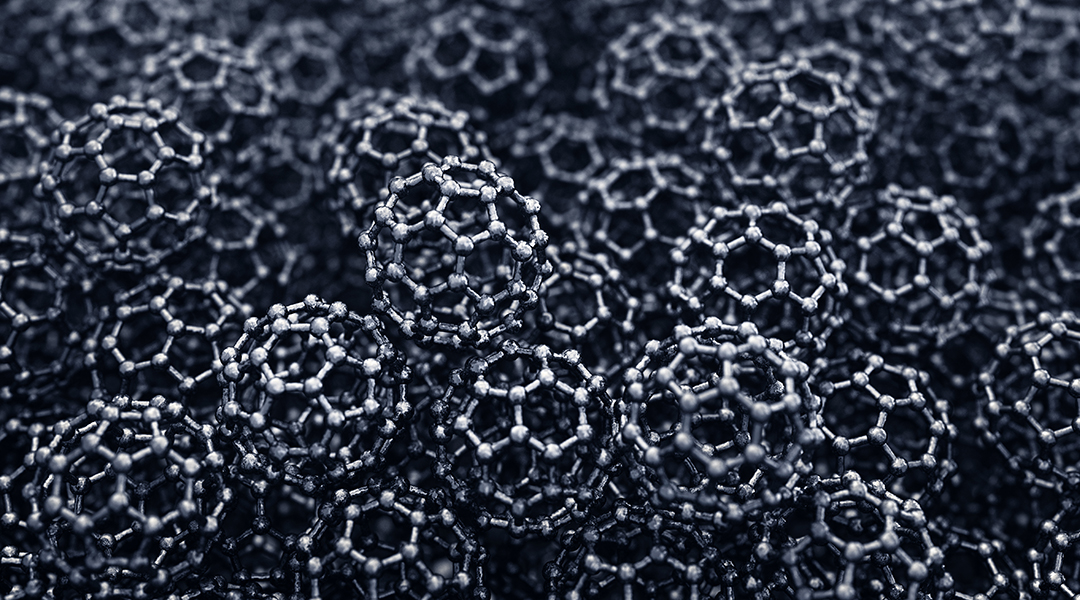
Using nanomaterials as antivirals in the fight against COVID-19
Scientists are investigating how fullerene nanomaterials can be used as antivirals against different variants of SARS-CoV-2 and other viruses.

A miniature robot for diagnosing lung cancer
This tiny soft robot can be steered through the branches of the lungs without causing damage for safer diagnosis.
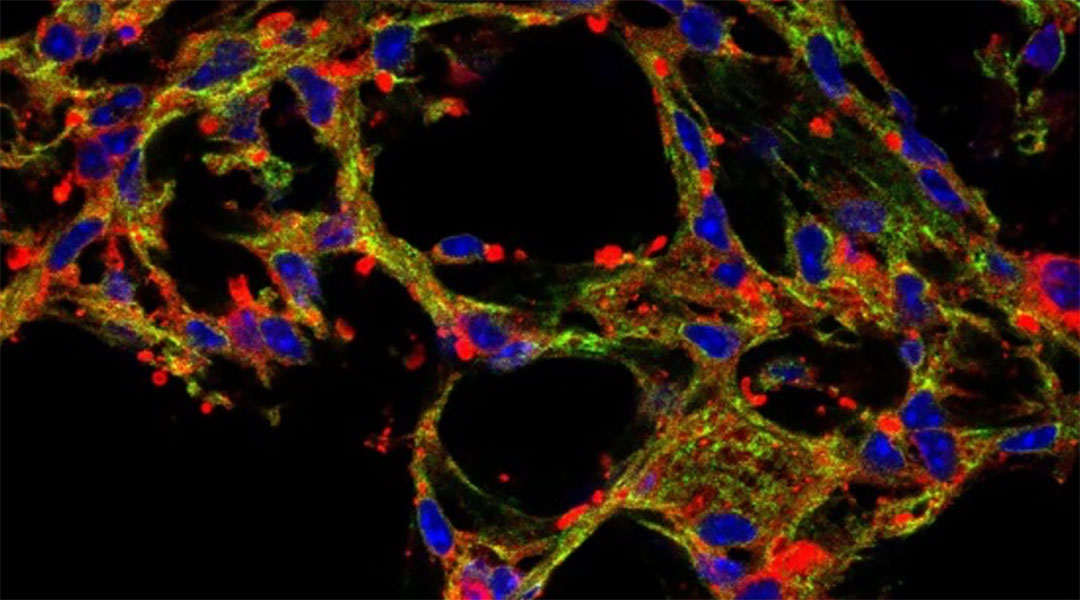
Inhaled “bubbles” help deliver drugs to the lungs
An inhaled drug carrier helps minimize side effects while delivering drugs to the lungs to treat diseases such as pulmonary fibrosis.
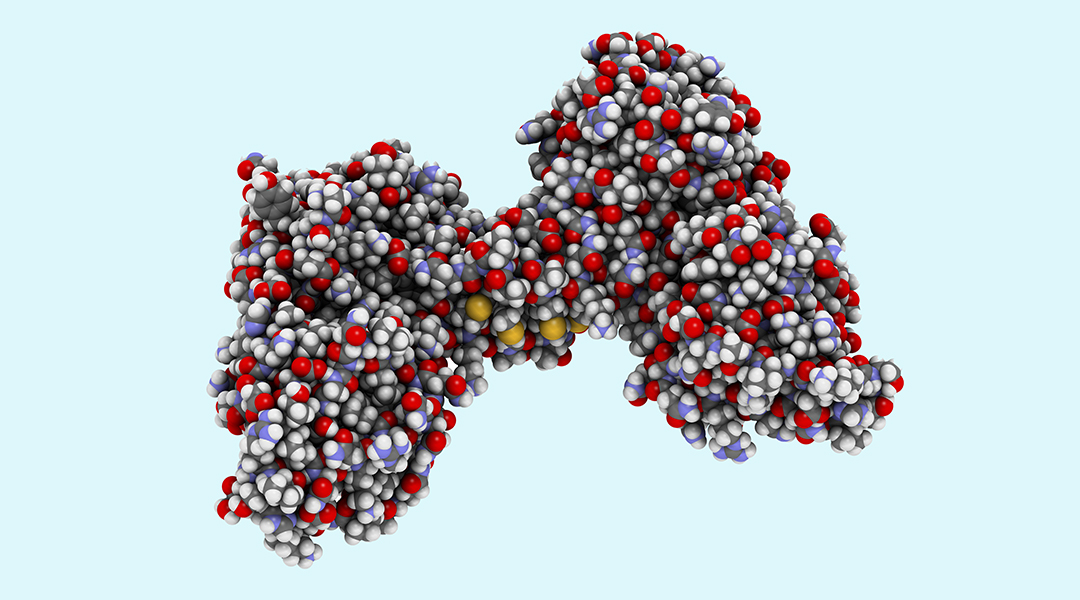
Making progress with a gene therapy for muscular dystrophy
Important findings from an animal study have prompted the exploration of a gene therapy for Duchenne muscular dystrophy in an ongoing human trial.
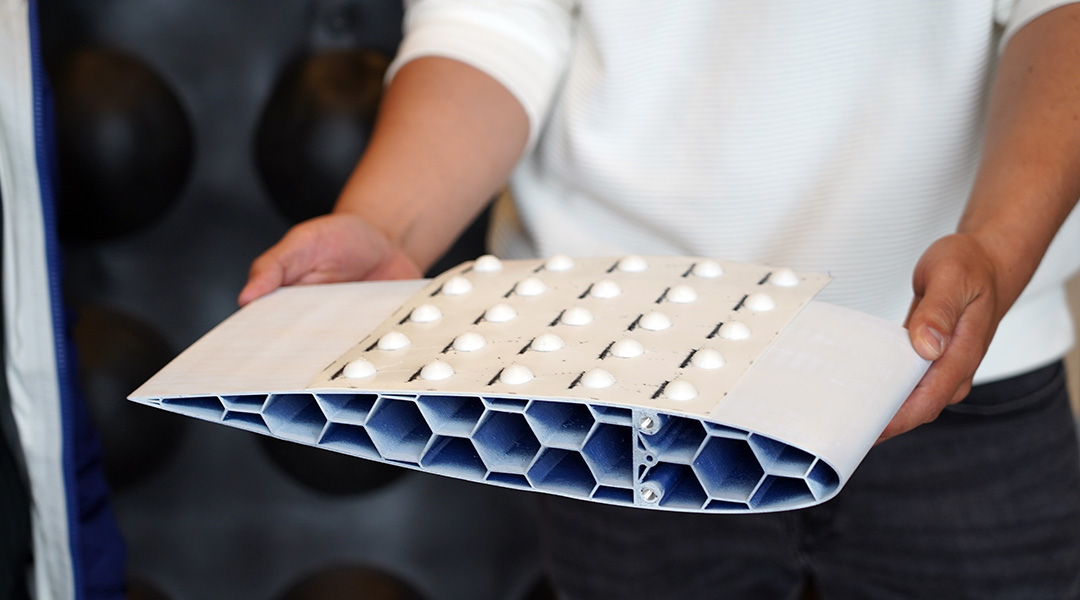
To-go lids inspire adaptive drone wing
Borrowing its shape from a disposable to-go cup lid, this new drone wing adapts to its surroundings all on its own.
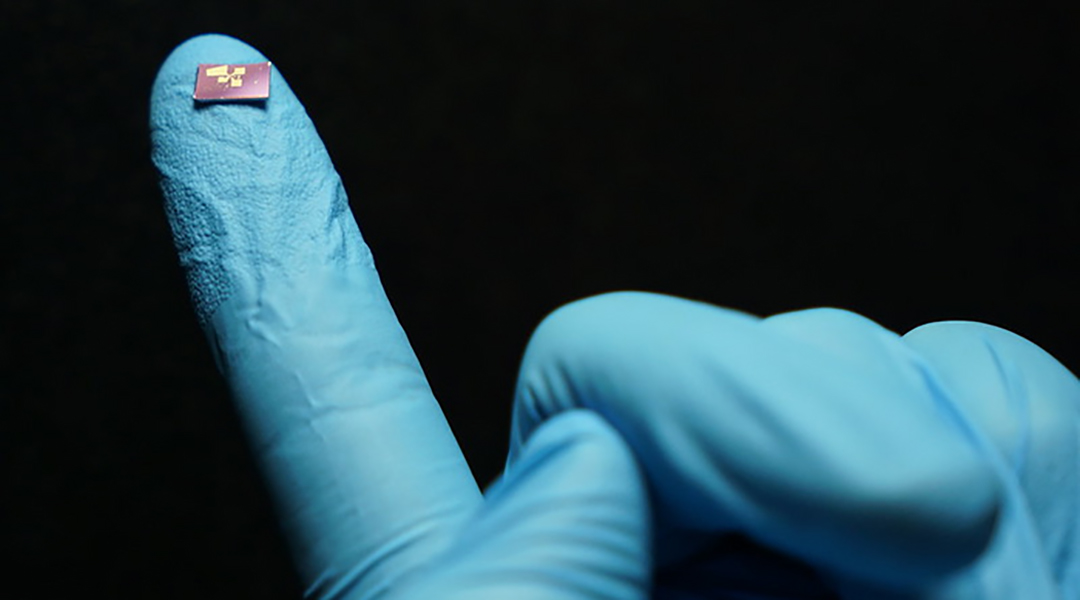
A portable spectrometer built using a “lab on a chip”
A mini, portable tool to measure light could improve everything from smartphone cameras to environmental monitoring.
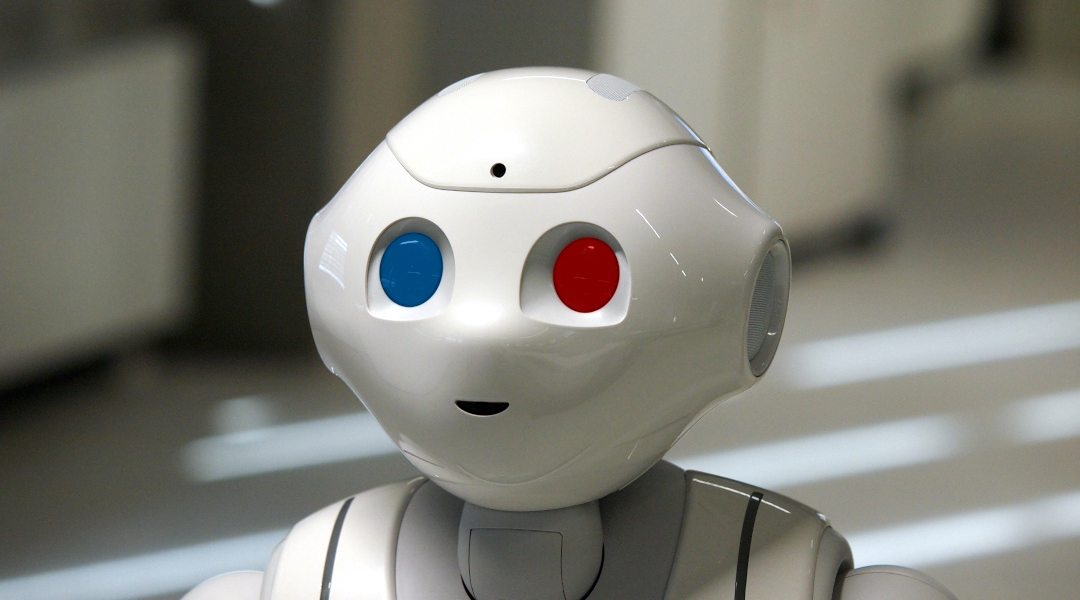
Silicon retinas to help robots navigate the world
Fusing data from multiple moving cameras helps robots generate realistic 3D maps of their surroundings.
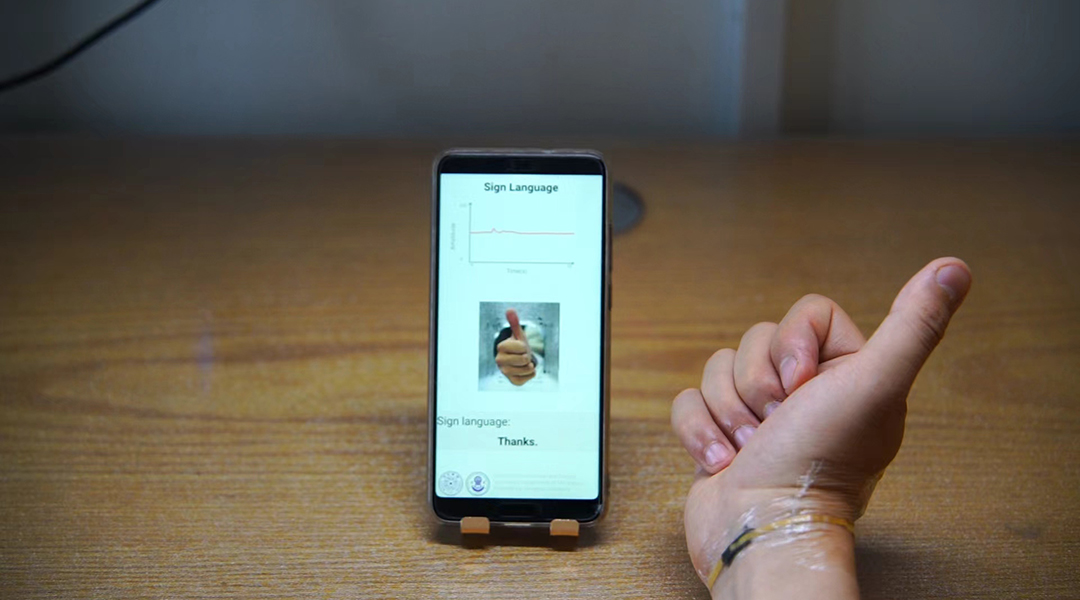
Sensor translates sign language into audio
With the help of machine learning, a skin-like sensor internalizes different stimuli, allowing it to read and interpret hand movement.

Cleaning up ocean microplastics with MagRobot
Specially designed microrobots could help clean plastic waste from water systems.

Drinking water disinfected in minutes by natural and abundant catalyst
Brownmillerite, found in natural mineral deposits, could help disinfect water in resource-poor regions.
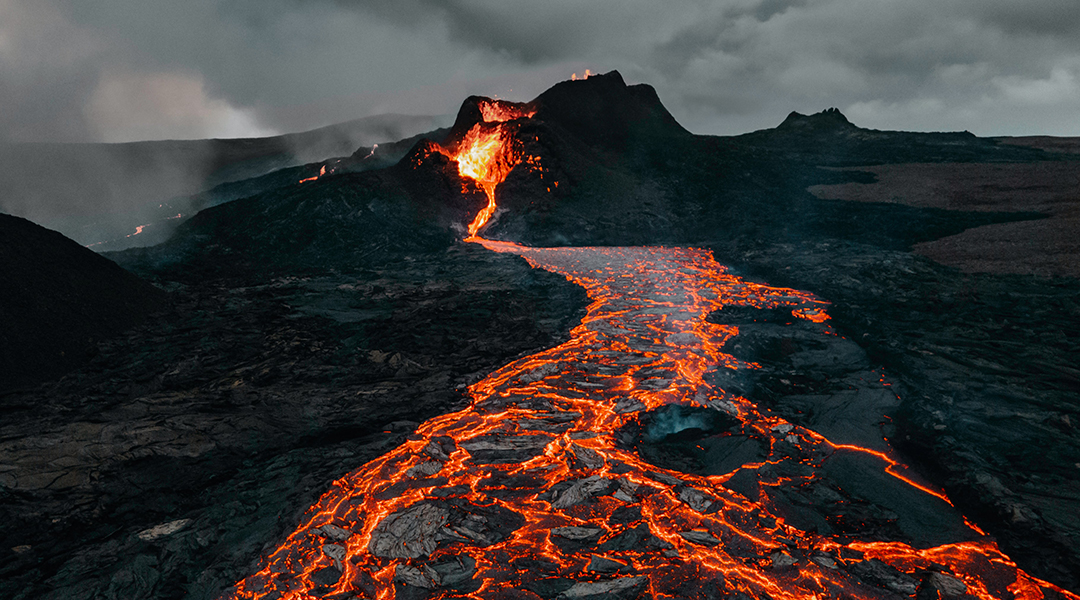
Volcanic arcs could help consume some of the world’s carbon
The weathering of the Earth’s surface serves as a geological thermostat and new research says that the breakdown of rocks at volcanic sites could help consume some of the world’s atmospheric carbon.
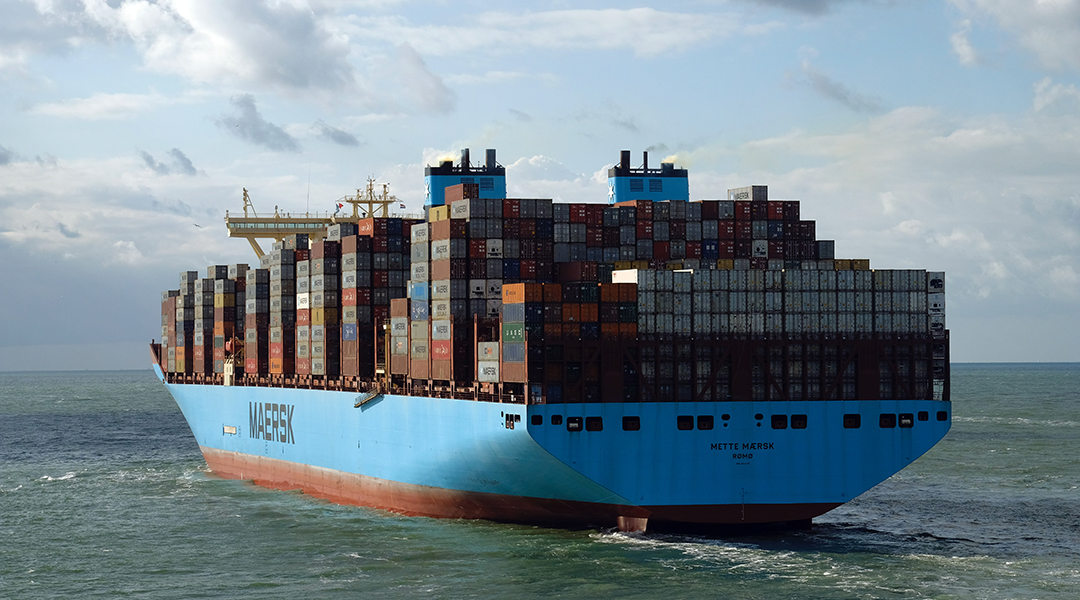
Getting renewable methanol on the high seas
Advances in sustainable, methanol-based fuels bring us a step closer to carbon neutral shipping.
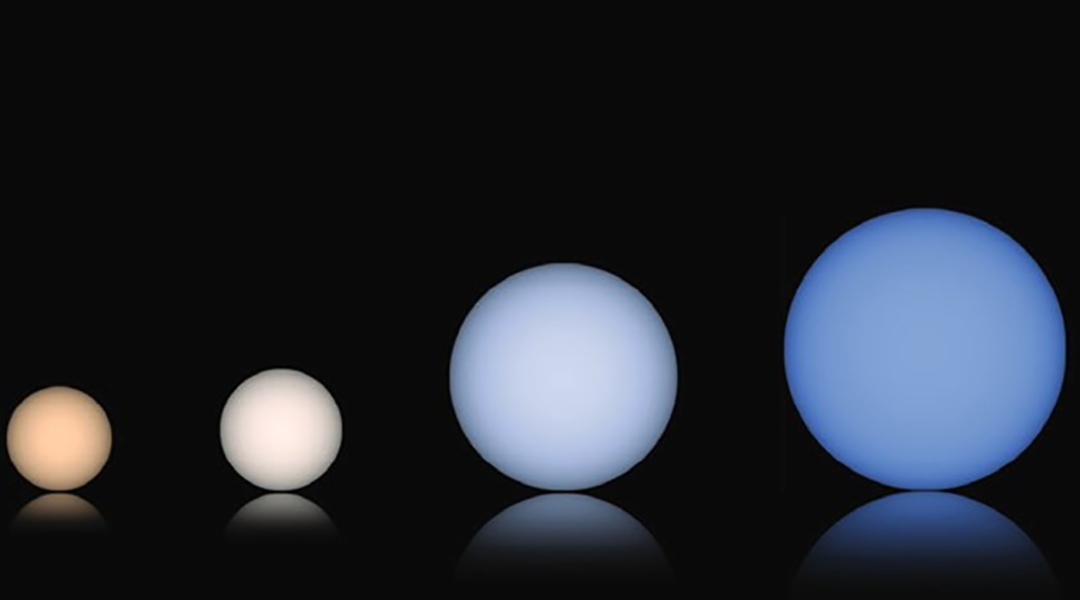
The true colors of stars
Stars are depicted using different colors, but are they accurate? A new scientific color palette aims to put misrepresentations to rest.

Why does Oreo cream stick to one side of the cookie?
Mechanical engineers put Oreo cream filling through a battery of tests to understand what happens when two wafers are twisted apart.
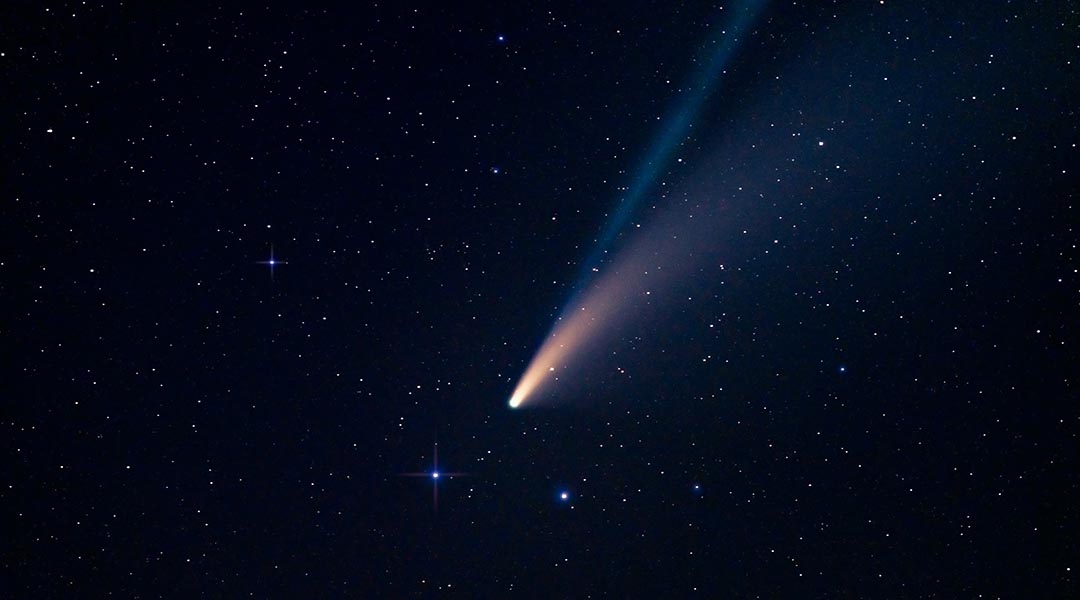
Largest known comet from Oort Cloud captured by Hubble
Astronomers capture images of a four billion-year-old relic that fell from the theorized Oort Cloud that encircles our Solar System.
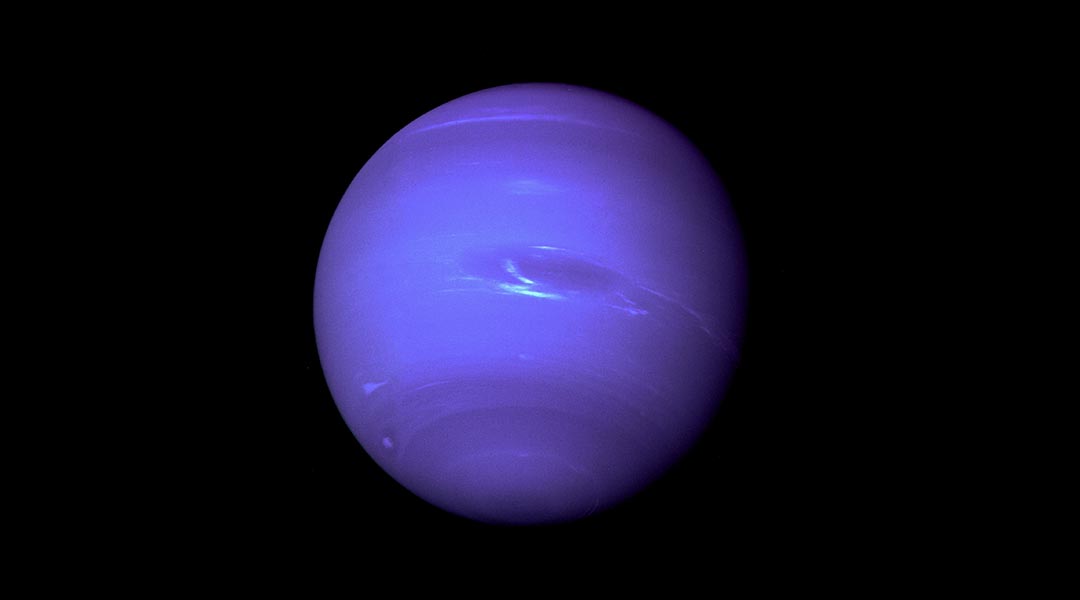
Neptune’s unexpectedly cool summer
A compilation of data gathered over the last 20 years shows a surprising drop in global temperatures on Neptune.



